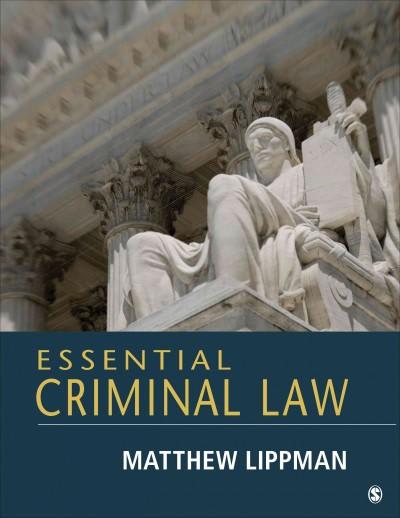Question
ANSWER in IRAC METHOD On December 10, 2014, Tamara Green filed a complaint alleging that after having been sexually assaulted by an entertainer, William H.
ANSWER in IRAC METHOD
On December 10, 2014, Tamara Green filed a complaint alleging that after having been sexually assaulted by an entertainer, William H. Cosby, Jr. (Defendant), he publicly defamed her in statements made by individuals operating at his discretion and/ or within the scope of their employment. The complaint was later amended to include similar claims by two additional plaintiffs, Therese Serignese and Linda Traitz (collectively, the three are referred to as Plaintiffs). Defendant then filed motions to dismiss Plaintiffs' amended complaint in its entirety, which Plaintiffs opposed. In response, Plaintiffs then sought leave to file a second amended complaint and the court granted Plaintiffs' request. Plaintiffs' second amended complaint (SAC) supplemented factual allegations with respect to an allegedly defamatory statement directed at Green.Mastroianni, Judge The two legal theories for establishing fault in this case are: respondeat superior liability and direct liability. Respondeat superior is a "doctrine holding an employer or principal liable for the employee's or agent's wrongful acts committed within the scope of the employment or agency." Under the direct liability theory, Defendant would be held liable on the basis of his own fault for his conduct and involvement regarding the statements. Respondeat Superior Liability Under the legal theory of respondeat superior, Defendant asserts the SAC does not sufficiently allege his agents possessed the requisite degree of fault necessary to hold Defendant liable for defamation on the basis of respondeat superior. When a third party is harmed by an agent's conduct, the principal is subject to respondeat superior liability, a form of vicarious liability, if the agent was acting within the scope of work performed for the principal and the principal controlled or had a right to control the manner of the agent's work. Restatement (Third) of Agency 7.03, 7.07 (2006). In order to proceed on their theory of respondeat superior liability, Plaintiffs' SAC must include sufficient allegations supporting a finding of fault on the part of those speaking for DefendantPhillips, Brokaw, and Singer. The SAC states directly and by inference that the individuals who issued the statements were professionals, employed by Defendant for purposes including speaking to the media on his behalf. Given Defendant's prominence in the entertainment field, the Court infers he surrounded himself with people accomplished in media relations and legal matters. The Court also infers those making Defendant's public statements had an open line of communication with him as well as some historical perspective on his public relations matters. Based on the facts and inferences, the Court finds it plausible at this point to conclude (1) those agents would have had, at a minimum, some sense ofDefendant's alleged conduct, such that their duty of care would have required them to take steps to determine the truth or falsity of the statements, and (2) the content of their responsive statements demonstrates such reasonable care was not taken. The Court thus accepts all of the Plaintiffs' well-pled averments as true and finds respondeat superior liability is sufficiently pled. Defendant asserts that Plaintiff's do not identify direct liability as a legal theory upon which the defamation claims can be proven. However, the SAC does state Defendant acted "by and through" each of the people who actually gave each statement alleged to be defamatory. The SAC also states that Defendant's agents gave the statements "at the direction of Defendant." Additionally, the SAC states Defendant knew the claimed defamatory statements were false at the time they were published. If a principal purposefully directs an agent to perform an action, and that agent performs the action, then the principal is directly responsible for the consequences of the action. See Restatement (Third) of Agency 7.03.The court is not persuaded by Defendant's argument that Plaintiffs did not adequately plead direct liability as a named legal theory. Form examination of all the facts in the SAC, it does not take a speculative leap for the court to conclude Defendant would be personally involved in reviewing these types of accusations against him, crafting or approving the responsive statements, and directing the dissemination. The SAC alleges Defendant was an "internationally known" entertainment figure and the people making public statements for him were acting either as attorney or publicist and/or authorized representative or employee. At this stage of the litigation, it would be unreasonable for the Court to view these particular circumstances, responding to very serious accusations of the nature involved here, as not having the direct involvement of Defendant.
Step by Step Solution
There are 3 Steps involved in it
Step: 1

Get Instant Access to Expert-Tailored Solutions
See step-by-step solutions with expert insights and AI powered tools for academic success
Step: 2

Step: 3

Ace Your Homework with AI
Get the answers you need in no time with our AI-driven, step-by-step assistance
Get Started


